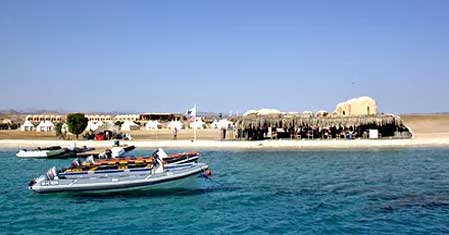Luxor guided tour

Included:
Pick up services from your hotel and return.
Tour to Hatshepsut Temple and Valley of the Kings.
Karnak Temple and Colossi of Memnon.
Shopping through famous Bazaars.
Service of professional tour guide.
Entrance fees to the sights.
Lunch at quality restaurant.
Bottled water during your trip.
Assistance of our personal during tours.
All transfers by air-conditioned vehicle.
In case choosing Overnight option
Accommodation at hotel with breakfast.
Hatshepsut Temple
The Mortuary Temple of Hatshepsut, also known as the Ancient Egyptian "Holy of Holies" is a mortuary temple of Ancient Egypt located in Upper Egypt. Built for the Eighteenth Dynasty pharaoh Hatshepsut, it is located beneath the cliffs at Deir el-Bahari on the west bank of the Nile near the Valley of the Kings. This mortuary temple is dedicated to Amun and Hatshepsut and is situated next to the mortuary temple of Mentuhotep II, which served both as an inspiration and later, a quarry. It is considered one of the "incomparable monuments of ancient Egypt.
Valley of the Kings
the Valley of the Kings is a valley in Egypt where, for a period of nearly 500 years from the 16th to 11th century BC, rock cut tombs were excavated for the pharaohs and powerful nobles of the New Kingdom (the Eighteenth to the Twentieth Dynasties of Ancient Egypt) The valley stands on the west bank of the Nile, opposite Thebes (modern Luxor), within the heart of the Theban Necropolis. The wadi consists of two valleys, East Valley (where the majority of the royal tombs are situated) and West Valley.
Karnak Temple
The Karnak Temple Complex, commonly known as Karnak from Arabic Khurnak meaning "fortified village" Construction at the complex began during the reign of Senusret I in the Middle Kingdom and continued into the Ptolemaic period, although most of the extant buildings date from the New Kingdom. The area around Karnak was the ancient Egyptian Ipet-isut "The Most Selected of Places" and the main place of worship of the eighteenth dynasty Theban Triad with the god Amun as its head. It is part of the monumental city of Thebes. The Karnak complex gives its name to the nearby, and partly surrounded, modern village of El-Karnak, 2.5 kilometres (1.6 miles) north of Luxor.
Colossi of Memnon
The Colossi of Memnon are two massive stone statues of the Pharaoh Amenhotep III, who reigned in Egypt during the Dynasty XVIII. For the past 3,400 years (since 1350 BC), they have stood in the Theban Necropolis, located west of the River Nile from the modern city of Luxor.























